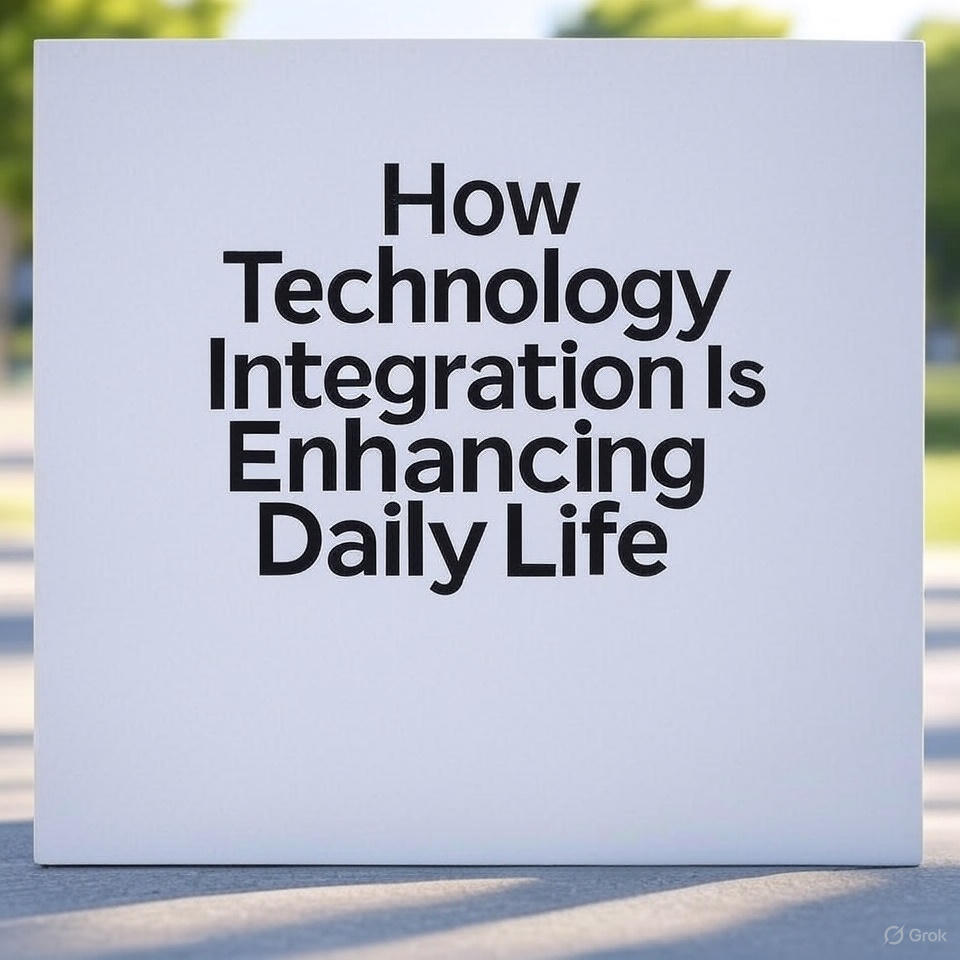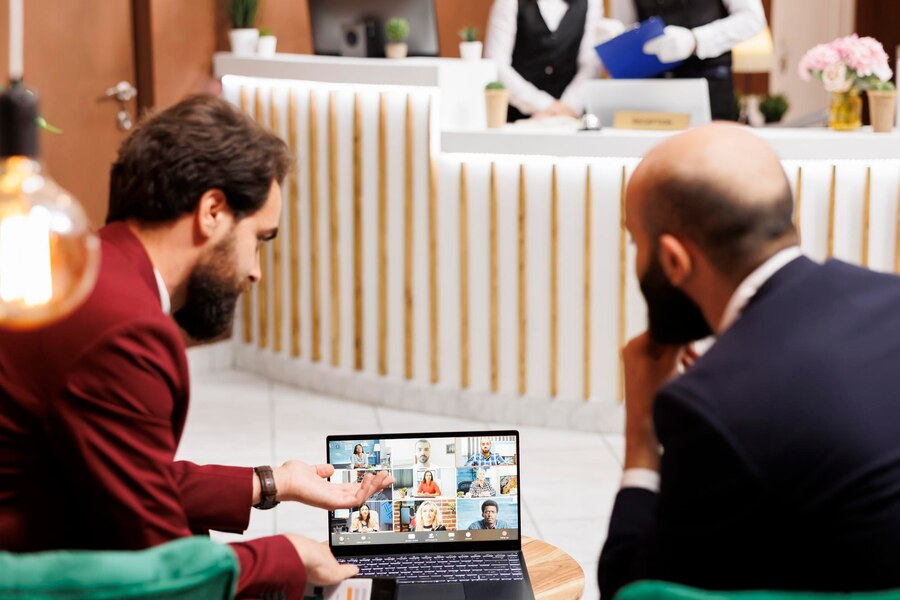In recent years, senior care facilities have undergone a notable transformation. No longer solely focused on medical needs, modern care environments increasingly use technology to improve the overall experience and wellbeing of residents. From communication tools to smart monitoring systems, technology now plays a crucial role in nurturing comfort, independence, and safety within these communities.
Enhanced Communication and Social Connectivity
One of the most significant advances in care settings is the rise of digital communication platforms. Video calling apps, simplified tablets, and easy-to-use messaging tools now enable residents to stay in touch with friends and family more frequently. These tools help reduce feelings of isolation and strengthen social bonds. Additionally, many care facilities host virtual events, such as live-streamed concerts or interactive workshops, which not only encourage participation but also bring a sense of excitement to daily life.
Smart Devices Supporting Daily Routines
From automatic lighting systems to voice-activated assistants, smart devices have made every-day routines easier and more convenient for elderly residents. These systems can remind individuals when to take medication, control the room temperature, or even provide gentle morning wake-up calls. The use of these technologies helps residents maintain a degree of independence while still benefiting from subtle support when needed.
Improved Health Monitoring and Disaster Prevention
Technology integration also significantly enhances health and safety within care environments. Wearable health devices allow staff to monitor vital signs in real time and respond quickly if any abnormalities are detected. Likewise, smart sensors can detect falls or sudden changes in activity patterns, alerting caregivers immediately. In addition to providing peace of mind for residents and their families, these systems enable care providers to deliver tailored support based on individual needs.
Enriching Leisure and Wellness Activities
In many care settings, technology is also being used to redesign recreational programs. Virtual reality headsets, for example, offer residents the opportunity to experience immersive travel, historical tours, or soothing nature environments. Interactive gaming systems designed for seniors encourage gentle physical movement and cognitive engagement, transforming exercise into a fun and social activity. These tools foster a more dynamic and engaging lifestyle, allowing residents to continue exploring new experiences without leaving the care home.
Personalized Care through Data-Driven Insights
Modern care environments now use digital platforms to collect and analyze resident data. This information allows caregivers to better understand individual preferences and needs, leading to more personalized care plans. For instance, digital meal planning systems can adapt menus based on dietary requirements, while sleep tracking apps provide insights into nighttime rest quality. Over time, these data-driven strategies help create a more responsive and person-centered care experience.
Strengthening Resident Independence
One of the most powerful impacts of technology in care homes is its ability to support independence. Residents no longer have to rely entirely on staff for small tasks. Instead, they can use tablets to book appointments, order meals, or access entertainment. This autonomy promotes confidence and self-esteem, making everyday life feel more normal and less institutional. Residents at care homes in Bristol often report feeling reassured by the balance of freedom and safety that smart systems provide.
The Future of Care: Continuous Innovation
As new technologies continue to emerge, care environments will likely benefit from even more innovative tools. Artificial intelligence may be used to predict changing health needs, while advanced robotics could assist with physical therapy or daily mobility. By staying open to these developments, modern care homes can continue to evolve and provide enriching, supportive environments that truly enhance the lives of residents.
Conclusion: A New Standard of Living
Technology integration has already made a noticeable difference in senior care settings. By supporting communication, enhancing safety, and personalizing daily routines, these modern tools contribute to a more fulfilling and dignified lifestyle. Rather than replacing human interaction, they complement and strengthen the relationships between residents and caregivers. As care homes continue to adopt and refine these technologies, residents will increasingly benefit from a living environment that combines empathetic care with intelligent innovation.





